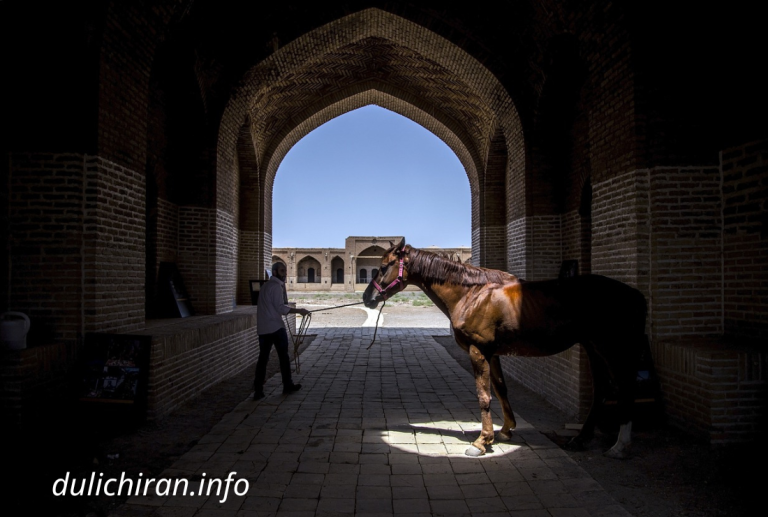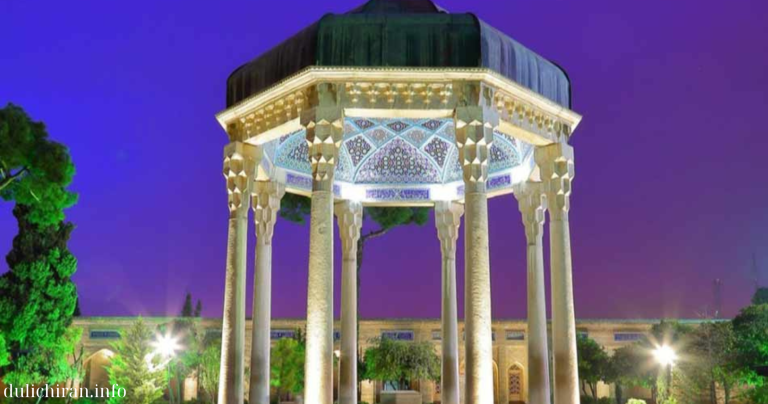
The Persian Gulf, a region renowned for its luxury and breathtaking landscapes, is home to some of the most stunning islands in the world. From the opulent cityscapes of Dubai and Abu Dhabi to the serene shores of Bahrain and the cultural richness of Doha, the Persian Gulf islands offer a diverse range of experiences. Whether you’re seeking relaxation, adventure, or cultural exploration, this ultimate guide will help you plan an unforgettable trip to these captivating destinations.
Key Takeaways
- Diverse Attractions: Discover a variety of activities and sights, from relaxing on pristine beaches to exploring vibrant urban environments.
- Cultural Experiences: Immerse yourself in the rich history, traditions, and modern innovations of each island.
- Luxurious Accommodations: Stay in some of the world’s most opulent resorts and hotels, offering unparalleled comfort and service.
- Best Times to Visit: Learn when to travel for the best weather and to coincide with local festivals and events.
- Travel Tips: Essential advice to enhance your travel experience, from navigating the region to respecting local customs.
Top Persian Gulf Islands to Explore
1. Bahrain
Highlights:
- Manama: Bahrain’s capital, a bustling metropolis with a mix of traditional markets and modern shopping malls. Explore the vibrant souks, dine in upscale restaurants, and enjoy the city’s lively nightlife.
- Bahrain Fort: Also known as Qal’at al-Bahrain, this UNESCO World Heritage site offers a glimpse into Bahrain’s historical significance. The fort’s archaeological ruins and panoramic views make it a must-visit for history enthusiasts.
- The Pearl-Qatar: An artificial island renowned for its luxury residences, high-end shopping, and waterfront dining. This area provides a glimpse into Bahrain’s modern luxury and lifestyle.
Best Time to Visit:
- Winter (November to April): The cooler temperatures during these months are ideal for outdoor exploration and sightseeing.
Travel Tips:
- Dress Modestly: Respect local customs by dressing modestly in public areas. Light, breathable clothing is suitable, but avoid revealing attire.
- Currency: The local currency is the Bahraini Dinar (BHD). Credit cards are widely accepted, but having some cash on hand for smaller transactions is useful.
2. Dubai (UAE)
Highlights:
- Burj Khalifa: The tallest building in the world, offering an observation deck with breathtaking views of Dubai’s skyline and the surrounding desert. A visit to the Burj Khalifa is an iconic experience for any traveler.
- Palm Jumeirah: A man-made island shaped like a palm tree, home to luxury hotels such as Atlantis The Palm. Enjoy the island’s pristine beaches, upscale dining, and exclusive shops.
- Dubai Marina: A modern waterfront district with an array of dining, shopping, and entertainment options. Stroll along the marina, dine at waterfront restaurants, or take a yacht cruise for a unique perspective of the city.
Best Time to Visit:
- Fall and Winter (October to March): Cooler temperatures make exploring Dubai’s outdoor attractions and enjoying its numerous festivals more comfortable.
Travel Tips:
- Public Transport: The metro system is efficient and covers major city areas. Taxis and ride-sharing apps are also convenient for getting around.
- Local Etiquette: Familiarize yourself with local customs and regulations, particularly regarding dress code and public behavior. Public displays of affection are frowned upon, and modest attire is recommended.
3. Abu Dhabi (UAE)
Highlights:
- Sheikh Zayed Grand Mosque: One of the largest mosques in the world, known for its stunning architecture and intricate design. It’s a must-visit for its cultural and spiritual significance.
- Louvre Abu Dhabi: A museum that combines art and cultural artifacts from around the world, housed in a striking building with a unique dome design. The museum provides a fascinating insight into global art and history.
- Yas Island: An entertainment hub featuring attractions such as Yas Marina Circuit, Ferrari World, and Yas Waterworld. The island offers a range of activities for families and thrill-seekers.
Best Time to Visit:
- Fall and Winter (October to March): Enjoy pleasant weather for exploring the city’s landmarks and participating in outdoor activities.
Travel Tips:
- Accommodation: Abu Dhabi offers a range of luxury hotels and resorts with world-class amenities. Booking in advance can help secure the best rates and availability.
- Cultural Sensitivity: Be mindful of local customs, especially when visiting religious and cultural sites. Dress modestly and be respectful of local traditions.
4. Doha (Qatar)
Highlights:
- Souq Waqif: A traditional market offering a range of goods, from spices and textiles to souvenirs and local crafts. The souq is a vibrant place to experience Qatari culture and cuisine.
- Museum of Islamic Art: Located on a man-made island, this museum houses an impressive collection of Islamic art spanning over 1,400 years. The museum’s architecture and exhibits make it a cultural highlight of Doha.
- The Pearl-Qatar: A luxurious development with high-end shops, fine dining, and waterfront views. It’s a great place to relax and enjoy Doha’s modern lifestyle.
Best Time to Visit:
- Fall and Winter (November to April): Cooler weather enhances the experience of exploring Doha’s attractions and participating in outdoor events.
Travel Tips:
- Local Transportation: Taxis and ride-sharing services are readily available. The city’s public transport system is also efficient and easy to navigate.
- Dress Code: Respect local customs by dressing modestly in public spaces. Avoid wearing revealing clothing and adhere to guidelines when visiting religious sites.
Essential Travel Tips for the Persian Gulf Islands
- Visa Requirements: Check visa requirements for each destination well in advance. Some countries offer visa-on-arrival options, while others may require prior application.
- Weather Preparation: The Persian Gulf experiences high temperatures, particularly in summer. Pack lightweight, breathable clothing, sunscreen, and stay hydrated.
- Health and Safety: Be aware of any health advisories or travel restrictions. It’s advisable to have travel insurance and stay updated on local health recommendations.
- Language: While English is widely spoken, learning a few basic Arabic phrases can enhance your interaction with locals and show respect for their culture.
- Currency: Familiarize yourself with the local currencies of each destination. Credit cards are commonly accepted, but having some local cash can be helpful for small purchases.
Conclusion
The Persian Gulf islands offer a rich tapestry of experiences, from the glitzy urban landscapes of Dubai and Abu Dhabi to the cultural heritage of Doha and the relaxed ambiance of Bahrain. Whether you’re exploring historical sites, indulging in luxury, or enjoying beautiful beaches, these destinations promise a memorable trip.
Plan your visit with these essential tips and attractions to make the most of your time in the Persian Gulf. Embrace the region’s modern luxury, cultural depth, and natural beauty for an unforgettable travel experience.
FAQ
1. What is the best time to visit the Persian Gulf islands?
- The ideal time to visit is during the fall and winter months (October to March) when the weather is cooler and more suitable for outdoor activities.
2. Do I need a visa to visit these islands?
- Visa requirements vary by nationality and destination. Ensure you check the specific visa policies for each country before traveling.
3. What are some must-try local dishes in the Persian Gulf region?
- Sample local dishes such as Shawarma, Hummus, Falafel, and traditional Arabic sweets like Baklava.
4. Are there any cultural customs I should be aware of?
- Dress modestly, especially in public and religious places. Be respectful of local customs and traditions, particularly in terms of behavior and attire.
5. What are some family-friendly activities in the Persian Gulf islands?
- Family-friendly activities include visiting theme parks, exploring cultural and historical sites, enjoying beaches, and participating in local festivals.





